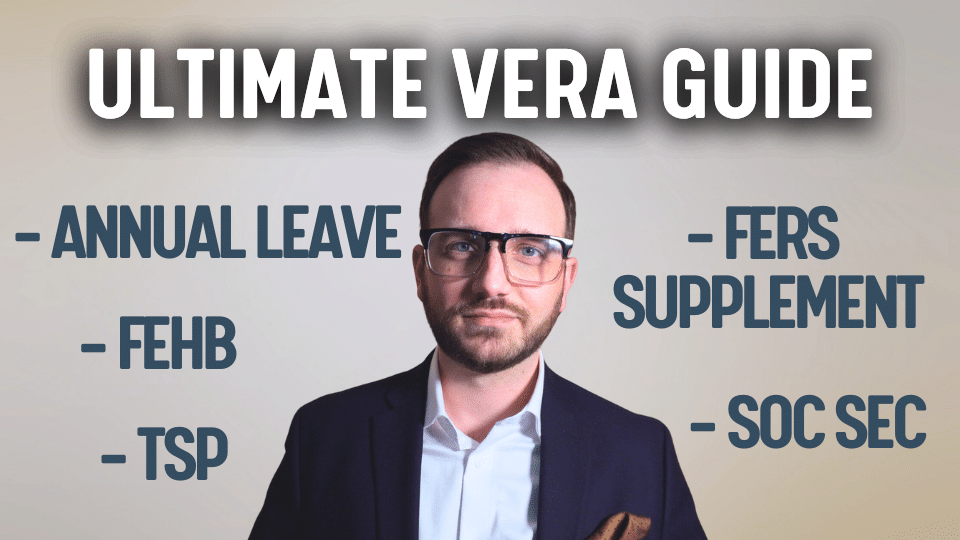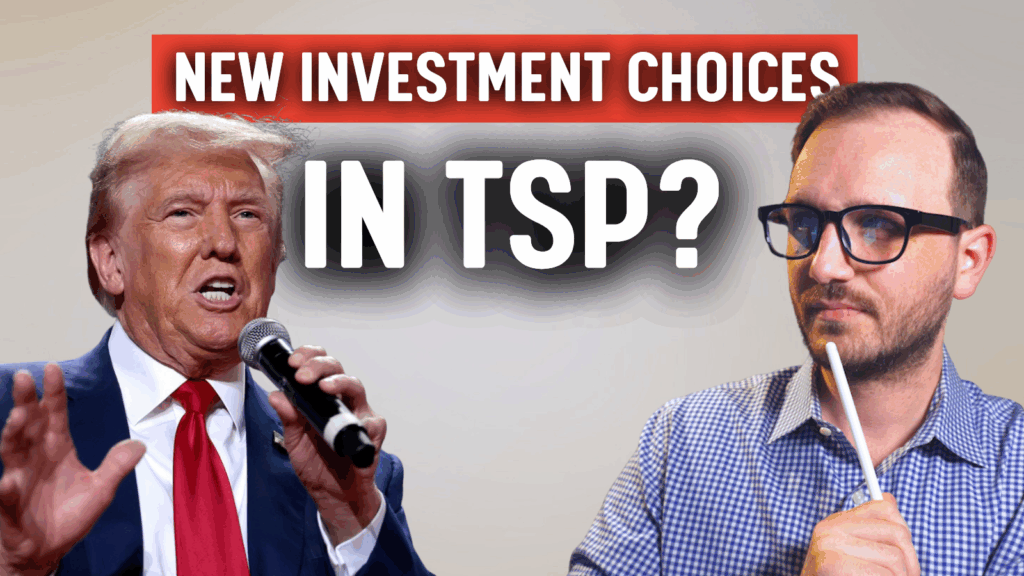New TSP Rules Every Federal Employee Needs to Plan For (2026 Strategy Guide)
2026 is shaping up to be one of the biggest years of change for the Thrift Savings Plan (TSP) in more than a decade. The TSP is introducing several changes for 2026, and if you’re a federal employee, these updates could have a real impact on your tax bill, your withdrawals, and your long-term retirement income.
The good news? With the right planning, these changes can actually become powerful opportunities to strengthen your retirement strategy.
Below, we’ll break down the four major TSP changes on the horizon and what you can do now to prepare.
Roth In-Plan Conversions: Finally Coming to TSP
For years, TSP participants have asked for the ability to convert traditional balances to Roth without rolling the money out of the plan. That request is now becoming reality.
Beginning as early as 2026, federal employees, retirees, and spouse beneficiaries will be able to perform Roth in-plan conversions directly inside TSP.
Here’s how it works:
- You choose the amount of your traditional balance to convert.
- That amount is treated as taxable income in the year of conversion.
- Once converted, those dollars grow tax-free and qualified withdrawals in retirement are 100% tax-free.
Planning Tip
Use conversions strategically in low-income years, such as the early years of retirement or years when deductions keep you in a lower tax bracket.
Roth conversions can also help reduce future RMDs, giving you more flexibility over your taxable income later in life. RMDs are a big problem for “millionaire federal employees”, and Roth conversions can be a good strategy to help with that.
Mandatory Roth Catch-Up Contributions
Beginning January 1, 2026, employees who earn above a certain income threshold (currently $145,000, indexed for inflation) will be required to make Roth catch-up contributions.
That means:
- Your age-50+ catch-up contributions will still be allowed but they’ll be after-tax.
- You’ll pay the taxes now, but withdrawals later will be tax-free.
This change stems from the SECURE 2.0 Act and will affect higher-earning federal employees most directly.
Planning Tip
This rule effectively forces a portion of your savings to shift toward Roth, so now is the time to review your tax diversification strategy.
Make sure your mix of pre-tax and Roth contributions still aligns with your long-term income goals.
Lifecycle (L) Fund Updates
TSP is also updating its Lifecycle (L) Fund lineup to reflect modern retirement timelines.
- The L 2025 Fund will merge into the L Income Fund once it reaches its target date.
- A new L 2075 Fund will be introduced for participants who plan to begin withdrawals in the 2070s.
These updates keep the target-date lineup relevant and maintain TSP’s automatic glide path for future retirees.
Planning Tip
Even if you’re close to retirement, take a moment to review your L Fund selection. Make sure the fund’s risk level and time horizon still match your personal situation and withdrawal plan. Your portfolio’s job is completely different in retirement, so make sure you’re selecting the appropriate investment tools for your objectives.
New Planning Tools and Tax Estimators
Alongside these rule changes, TSP is preparing to launch new digital tools designed to help participants make smarter decisions:
- A Roth conversion estimator to preview potential tax impact.
- Enhanced calculators for RMDs and withdrawal planning.
- Updated communication and education resources around the 2026 transition.
Planning Tip
Use these tools to run “what-if” scenarios before making any irreversible moves. Modeling your tax impact in advance can help you find the sweet spot between paying unnecessary taxes now and avoiding higher taxes later.
What to Do Now
Here’s a practical checklist to get ahead of these changes:
- Review your tax bracket projections. Estimate where your income will fall in 2025 vs. 2026 to identify conversion opportunities. OBBBA introduced several changes that could help you save on taxes.
- Revisit your TSP savings mix. If catch-ups will soon be Roth, make sure your overall investment allocation still fits your long-term plan. Consider using better growth tools (stocks) in Roth so all of the growth is tax-free.
- Evaluate your Lifecycle Fund choice. The right target date may have shifted since you first enrolled.
- Model Roth conversion scenarios. Whether inside TSP or via IRA, test what converting a portion could look and the understand the long-term benefit.
- Coordinate with a fiduciary planner. Integrating these TSP changes with your FERS pension, FEHB, and Social Security strategy is key to minimizing lifetime taxes. Many factors influence each other, and missing a detail about a rule could cost you greatly. Work with your financial professionals as required.



